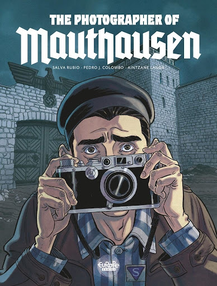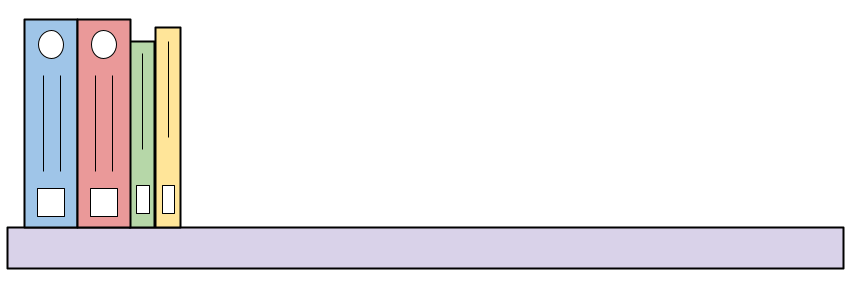
Illustrated by Pedro J. Colombo, colored by Aintzane Landa
This story is based on true events of the life of Francisco Boix, a prisoner of war interned at Mauthausen. Boix is a Spaniard and a newspaper photographer and communist who is captured in France and sent to several camps before ending up at Mauthausen. For a while, Francisco works as a translator, tasked with translating the insults German soldiers hurl at the prisoners. Later, Francisco is moved up to working in the photography lab at the camp, where he discovers that the SS are meticulously documenting the deaths of prisoners, but staging them and classifying them as suicides or escape attempts. Despite the dangers to his life and the life of those in the camp, Francisco decides it is exceedingly important to get the negatives of these photos out of the camp to show the world what the Nazis were really doing in these extermination camps. After the war, Francisco participates as a witness in the Nuremberg trials, but he finds that most people cannot fathom the photos so many risked their lives to save.
This novel is strikingly authentic - Colombo is not shy about illustrating the detailed horrors of how men died in these camps, and the effect is somewhat like the people who do not want to see Boix' photographs. As an audience who hasn't experienced anything like The Holocaust, it is difficult to see these images and to wrap our minds around how the Nazis acted and felt about the different groups they persecuted. But, this topic deserves to be showcased in its uncensored way so as not to sugar-coat any part of the atrocities of what happened. Boix is probably not someone who gets studied in history class, but he is an important figure and a main reason we have any information from the workings of Mauthausen.
Colombo seems to have one basic face shape for all prisoners, so everyone looks very similar, including Mateu, the young boy in the camp. Otherwise, his work is very detailed and, most of the time, very heartbreaking. Landa's coloring makes use of mostly dark blues and earth tones in and around the camp, the effect of which shows the dingy conditions and bleak atmosphere of life there. There is frontal male nudity in scenes where prisoners are sanitized from typhoid or other diseases, and obviously quite a bit of death and murder depicted. This book would be more appropriately paired with high school history classes because of the gravity and attention needed for Holocaust topics. Sara’s Rating: 9/10 Suitability Level: Grades 10-12 Publisher: Dead Reckoning Publication Date: November 11, 2020 ISBN: 9781682476277 (Paperback) Tags: Rating: 9/10, Suitability: High School, Graphic Nonfiction, War, History, Biography, Dead Reckoning
0 Comments
Leave a Reply. |
About MeI've been reading manga and comicbooks for years. Now, I write reviews and other helpful things for School Librarians, teachers, parents, and students. Search this siteRatings, Audience, and Subject Tags
All
Archives
July 2024
|




